
The Japanese have shaped the tea ceremony into a national philosophy, an art of living conveyed through the enjoyment of a cup of tea. Meanwhile, Vietnam – a leading coffee powerhouse in the world , possessing some of the world's finest Robusta coffee beans, and boasting a centuries-old history of coffee appreciation – still sees Vietnamese coffee valued in the lower segment, primarily exported in raw form, and failing to establish its rightful place within the industry and the nation.
With the desire to elevate the Vietnamese coffee industry to a new level, enhancing the value of coffee not just as an ordinary beverage but also as a cultural, artistic, spiritual... and even philosophical coffee, worthy of its position as a world coffee powerhouse - Trung Nguyen Legend Group has dedicated time and effort over many years to researching the history, culture, art... of coffee in all aspects of human life to transform coffee into "Philosophical Coffee".
Throughout Trung Nguyên Legend's journey of creation and development, the spirit of commitment to serving the community has always been the core principle, demonstrated through numerous action programs aimed at building great aspirations and ambitions; and establishing a new position for the Vietnamese coffee industry on the world coffee map.
The Japanese did it!
Vietnamese people can do it too, and do it even better!
The cycle of material transformation into social value.
The circular model in coffee tourism operates on a closed-loop principle, encompassing both material and cultural values. Tourism creates economic incentives for cultural preservation, and the preserved culture becomes an attractive resource for tourism.
The circularity in coffee tourism also represents the circulation of knowledge, culture, and community memories. The vast coffee plantations, the stories about coffee beans passed down through generations, and traditional farming methods all constitute invaluable cultural and ecological data. Many countries have quickly recognized this potential and made coffee a cornerstone of their tourism.
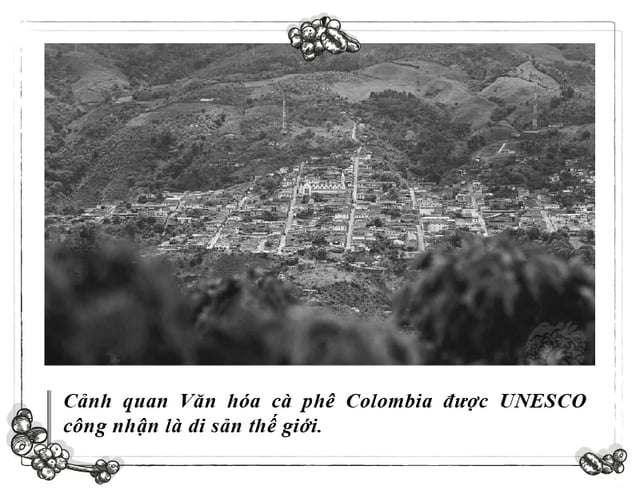
The Colombian Coffee Axis, encompassing numerous urban settlements and coffee plantations, has become a UNESCO World Heritage site, the Coffee Cultural Landscape. It exemplifies the harmonious interplay between indigenous knowledge, cultural preservation, and ecotourism development. The coffee plantations on the steep mountain slopes create a distinctive agricultural structure, while the traditional "bahareque" architecture, the lifestyle of the coffee growers, harvest rituals, and festivals related to coffee production create a captivating experience that combines entertainment, education, and culture. Visitors embark on a holistic journey, not simply purchasing a product, but discovering a cultural narrative, from the coffee bean to the coffee-centric lifestyle.
Ethiopia, considered the cradle of Arabica coffee, is where the legend of Kaldi, the goatherd, originated, discovering the extraordinary vitality of the ripe red coffee berries. For centuries, coffee has been intertwined with memories, rituals, and cultural practices that are still maintained daily in families and communities. In rituals, coffee beans are roasted, ground, and brewed on the spot in a jebena earthenware pot, then divided into three servings with sacred meanings: connection, sharing, and blessing.
From the coffee bean, Ethiopians have created a whole lifecycle of value: a beverage that enters the family space, becomes a community ritual, and then expands into a tourism experience for international visitors. Many tours in the Sidamo, Yirgacheffe, and Harrar regions combine coffee farm visits with participation in traditional coffee ceremonies. As a result, local communities play an active role in tourism development, while visitors immerse themselves in a vibrant cultural cycle.
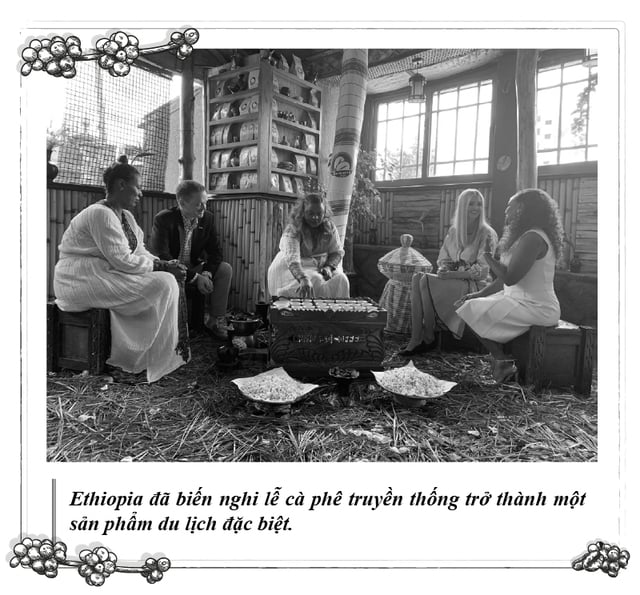
Colombia's coffee culture landscape attracts millions of visitors annually, while coffee tourism generates millions of dollars annually for Ethiopia, demonstrating how knowledge and community memory, when integrated into tourism, can increase economic value while preserving national identity. Here, the coffee bean transcends its role as a commodity, becoming a central element in the cycle from material to social value.
Market capitalization elevates the value of a product to that of a heritage item.
If circular economy creates a closed loop for sustainable development, then capitalization is the journey of enhancing value, transforming both material and intangible values into cultural symbols, diverse economic resources, and collective pride.
In 2013, UNESCO recognized the Turkish coffee tradition as an Intangible Cultural Heritage of Humanity. This is a tribute to a distinctive brewing method and the entire socio-cultural value system associated with this beverage. The Turks have transformed coffee drinking into an art form with their unique brewing methods, utensils, rituals, and even the prophecy derived from coffee grounds. But what makes Turkish coffee a heritage lies not in the brewing method itself, but in the community traditions and social significance it holds. Coffee is a symbol of friendship, hospitality, and sophistication, appearing on important occasions such as engagements, festivals, and religious holidays. In literature, music, and folk art, the image of coffee is celebrated as an integral part of national identity.
Türkiye has capitalized on its coffee heritage through a comprehensive strategic approach. The Istanbul Coffee Festival, established in 2014, is now one of the largest coffee festivals in Europe, attracting over 40,000 visitors annually. From a promotional event, the festival has become a cultural brand, with coffee appearing alongside performing arts and cuisine, creating a composite product that possesses both economic value and cultural depth.
Coffee tourism is also thriving. In Istanbul, Ankara, and Izmir, tourists are often taken to historic cafes like Kurukahveci Mehmet Efendi (1871) to witness the traditional roasting process firsthand, enjoy coffee with local pastries such as baklava or lokum, and participate in coffee bean fortune-telling. In addition, Turkey has established numerous coffee museums in major cities. The Kahve Müzesi Museum in Karabük province, the Kapadokya Kahve Müzesi Museum in the Cappadocia region, and the Cappadocia Coffee Museum located in Ajwa, Cappadocia, recreate the history, brewing tools, and demonstrate cezve brewing, transforming the museums into living spaces of heritage.
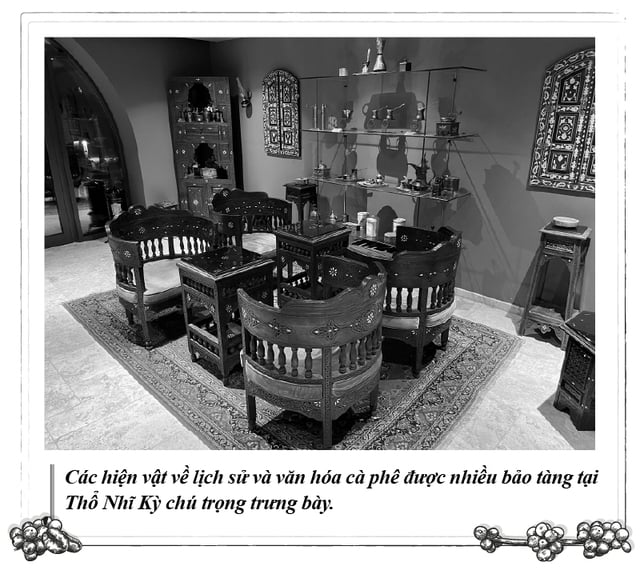
Around the world, many coffee-growing regions are embarking on this path of capitalization, elevating coffee beans from an agricultural product into a vibrant part of culture. The Fiestas de Calarcá Coffee Festival in Colombia, held since 1960, has become a cultural and tourism event closely associated with the Quindío coffee region. The Ljubljana Coffee Festival in Slovenia brings together roasters, baristas, and coffee lovers from across Europe. In the United States, the Kona Coffee Culture Festival in Hawaii, initiated in 1970, remains an annual event.
In recent years, many coffee cities have also made their mark with modern events such as the São Paulo Coffee Festival in Brazil, the Dubai Coffee Festival in the UAE, the Prague Coffee Festival in the Czech Republic, or the London Coffee Festival in the UK. UNESCO has also recognized the unique values of several coffee rituals and cultural spaces around the world as Intangible Cultural Heritage of Humanity. Besides the Colombian Coffee Culture Landscape and the Turkish Coffee Culture, there are also the Arabic Coffee Rituals and the Viennese Coffee House Culture (Austria).
In Vietnam, Buon Ma Thuot, Dak Lak, is known as the "coffee capital," the largest producer and exporter of robusta coffee in the country. It also preserves the cultural space of the Central Highlands, associated with harvest festivals and community rituals. Since 2005, the Buon Ma Thuot Coffee Festival has been held every two years. The festival combines cultural and artistic performances, product exhibitions, thematic seminars, and experiential tourism related to coffee cultivation and processing. This event has gradually become a national cultural brand with international stature, a "world coffee destination," attracting a large number of domestic and international tourists. Notably, in March 2025, the Ministry of Culture, Sports and Tourism included "Knowledge of Coffee Cultivation and Processing in Dak Lak" in the list of National Intangible Cultural Heritage. This forms the basis for "iced milk coffee," "filter coffee" from Vietnam, and the Buon Ma Thuot coffee-growing region in Dak Lak becoming UNESCO-recognized cultural heritage.
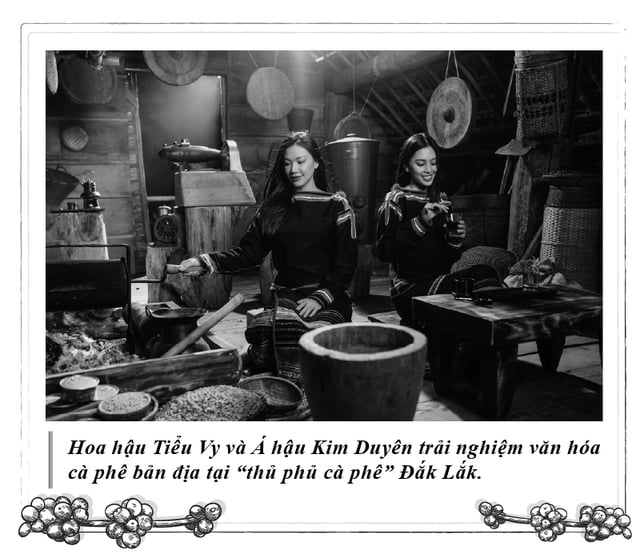
At the same time, Trung Nguyen Legend, a startup enterprise in Dak Lak, has been dedicated to enhancing the value of coffee not only as an ordinary beverage but also as a cultural, artistic, spiritual, and philosophical coffee. In particular, the World Coffee Museum, an iconic project of the coffee industry invested in and built by Trung Nguyen Legend in Buon Ma Thuot, Dak Lak, has been described by the AP news agency (USA) as "the largest, most vibrant, and unique living museum"…[UN1] and is a must-see destination for tourists. With its unique architecture bearing the imprint of the local culture of the Central Highlands, the World Coffee Museum is a special place to experience the culture and history of coffee in Dak Lak, Vietnam, and the world, with over 10,000 exhibits, along with interesting performances and thematic exhibitions. This is also a special highlight of the Zen Coffee Tour – a coffee-based tourism tour designed by Trung Nguyen Legend to rejuvenate body, mind, and spirit, featuring a series of unique activities at various destinations such as the Coffee Village, the Dray Nur - Gia Long waterfall complex, and the World Coffee Museum… allowing visitors to experience local culture and natural landscapes, combined with exploring the immense heritage values of coffee concentrated in this mountainous region. These efforts demonstrate how businesses can take the lead in capitalizing on coffee, elevating Vietnamese coffee beans beyond the boundaries of agricultural products to become a spiritual heritage of international stature.
In the 21st century, as the knowledge-based and experience-based economies gradually replace the commodity-based economy, today's tourists want more than just a cup of coffee; they want to consume the history, culture, and traditions of the region. This reality helps communities and businesses realize the enormous potential of coffee tourism: instead of exporting raw beans, they can elevate the value of culture, heritage, and traditional knowledge into a unique tourism product. Intangible values are beginning to be recognized as a potential source of capital.
Coffee tourism has demonstrated how capitalizing on cultural value can generate multifaceted benefits. The value comes not only from exploiting coffee beans, but also from preserving and elevating cultural elements, rituals, and community experiences into tourism products. Thus, coffee becomes a cultural asset that can boost the economy, maintain cultural identity, and ensure environmental sustainability.
We invite you to watch the series of videos on Coffee Philosophy, which have been uploaded to the channel https://bit.ly/caphetrietdao
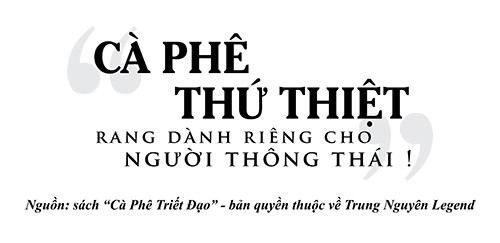
Read the next installment: Coffee and coffee tourism: the cultural foundation and social cohesion of Costa Rica, the "happy nation".
Source: https://thanhnien.vn/ky-114-du-lich-ca-phe-nhin-tu-goc-do-von-hoa-va-tuan-hoan-hoa-185251007083701953.htm








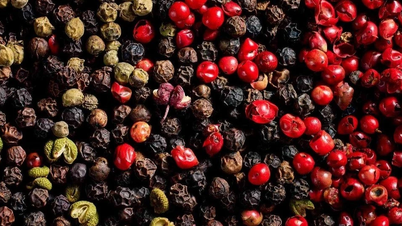



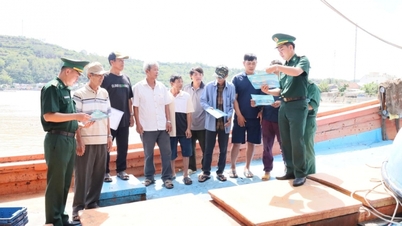

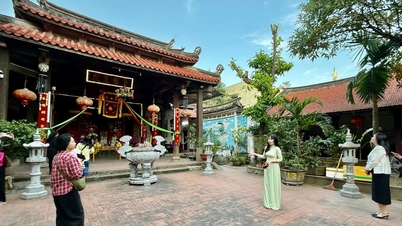





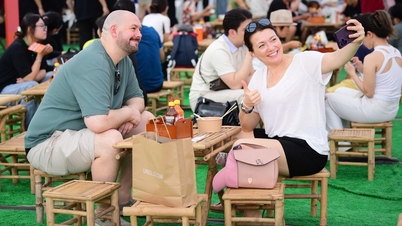

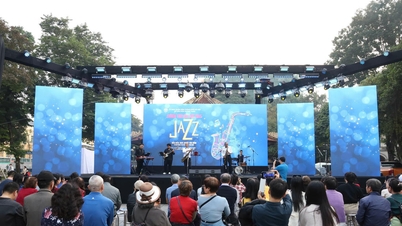
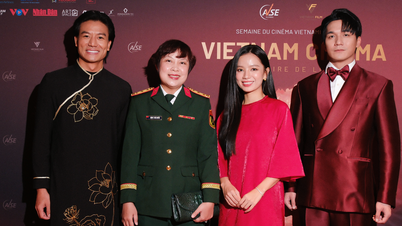
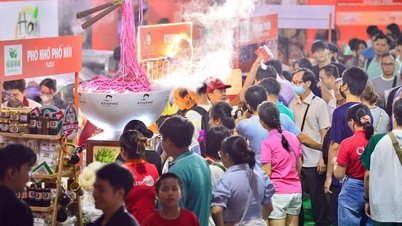
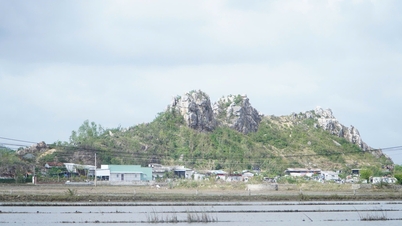






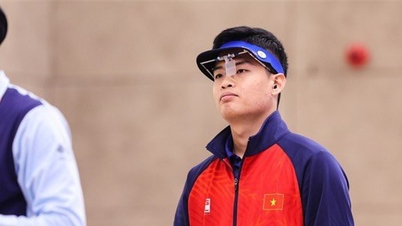
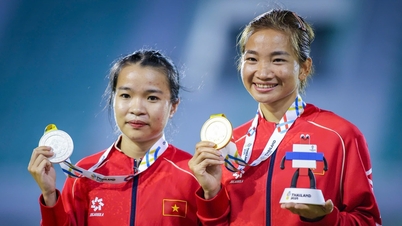

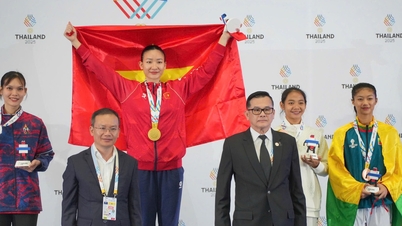


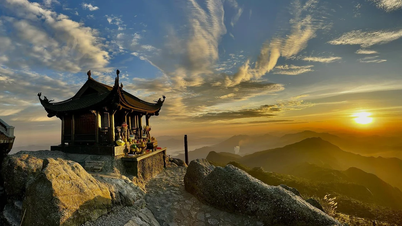



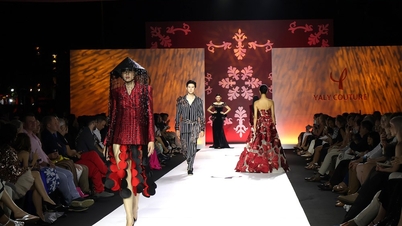





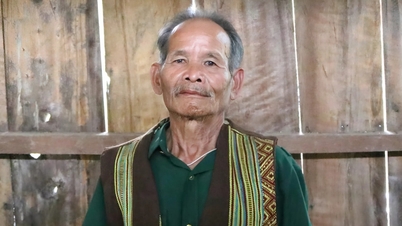

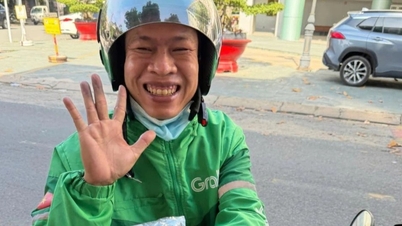



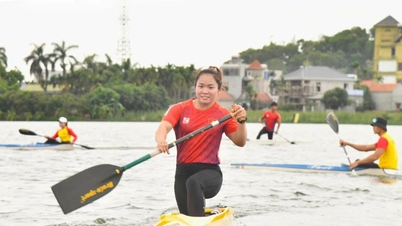
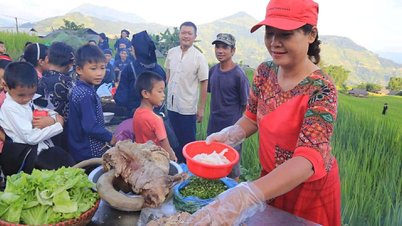




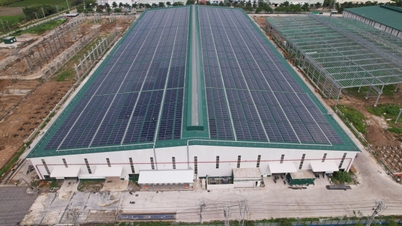


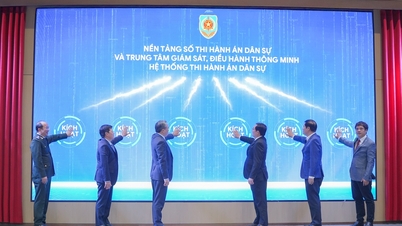







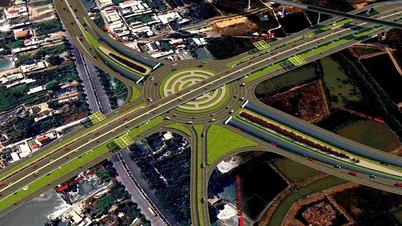
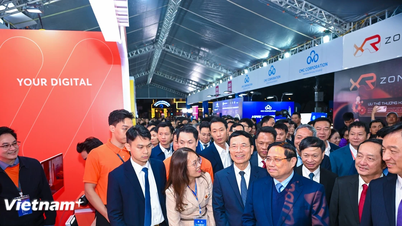

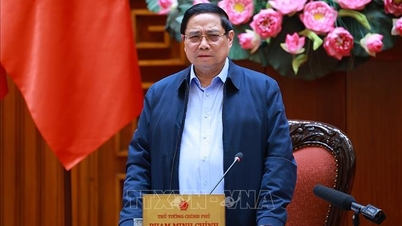
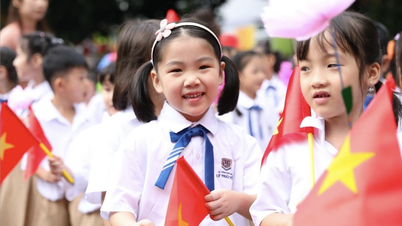


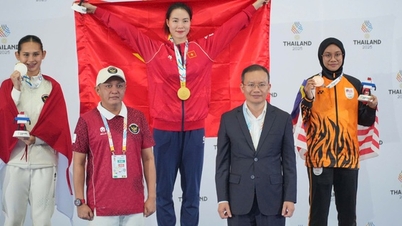

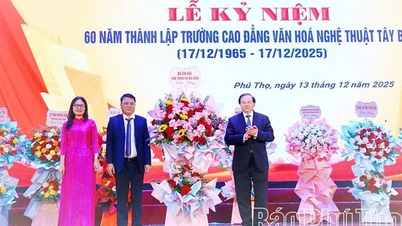
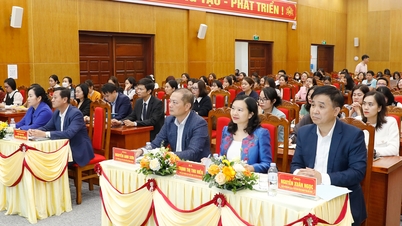

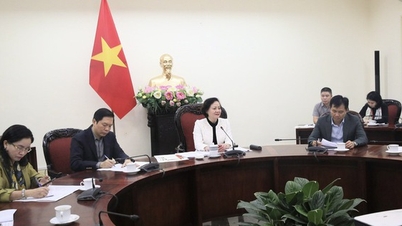
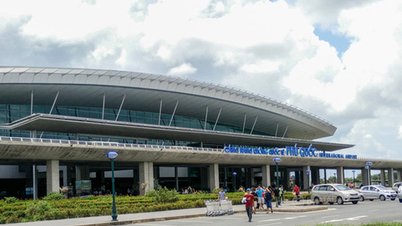
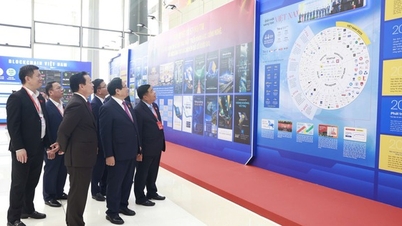
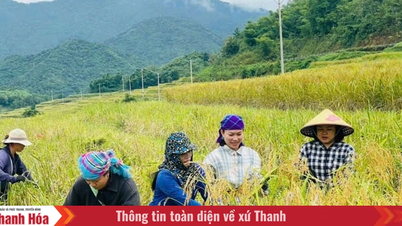

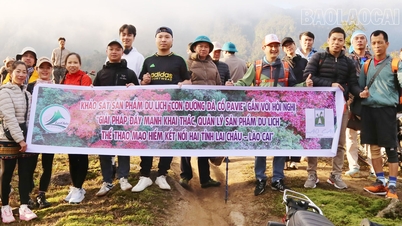

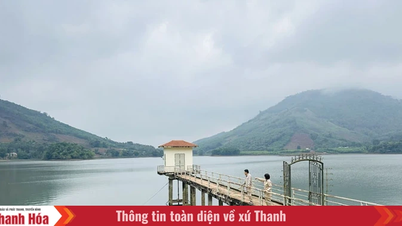
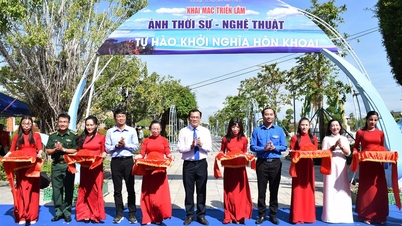
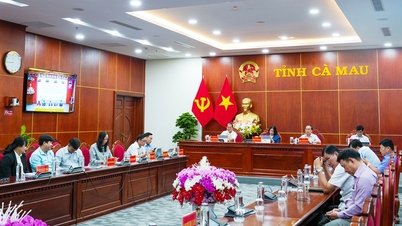
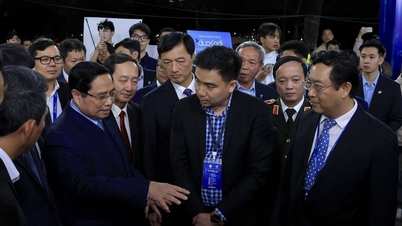














Comment (0)